Sigma 16-28mm f2.8 DG DN Contemporary Lens Review:
Wide angle zooms are some of the most useful lenses one can buy. There is just so much you can do with them from taking candid shots around on the street to beautiful landscapes, so it definitely makes sense for camera manufacturers to produce a variety of them. With that said, Sigma has just released the 16-28mm f2.8 DG DN Contemporary lens today for L mount and E mount. On paper, this lens has all the goods necessary to make it a popular one, so I was definitely eager to give it a try. Thanks to Sigma, I was lucky enough to get a sample of the lens before its release date to test. Here’s my full review of it.
Thanks for taking the time to read my review! If it helped, please consider purchasing from any of the links mentioned in this post, which in turn, helps support this site. I get a small commission but it will not cost you anything extra. Thank you!
Sigma 16-28mm f2.8 DG DN Contemporary Lens Build Quality:
Let’s first start off by talking about the build quality. Overall, the build is very similar to other Sigma lenses in terms of design, and it is excellent. The 16-28mm f2.8 DG DN Contemporary lens feels solid in the hands, thanks in part to its polycarbonate build, which Sigma calls TSC (Thermally Stable Composite). The TSC has a comparable level of thermal shrinkage to aluminum, and I’m happy to report that there are no signs of inferior workmanship here. The zoom ring is nice and smooth, and at least to me, it offer just the right amount of resistance as I’m rotating it. It’s also worth noting that the 16-28mm f2.8 has an inner zoom mechanism, so the overall length of the lens stays the same throughout the entire zoom range. The manual focus ring is also smooth but being that this is an autofocus lens, I didn’t manually focus much. Furthermore, there’s a brass bayonet mount that is dust and splash resistant. There is no image stabilization built into the lens; however, being that it is a wide angle, none is really needed in my opinion, and many cameras already have image stabilization these days. So to me, this isn’t really an issue.
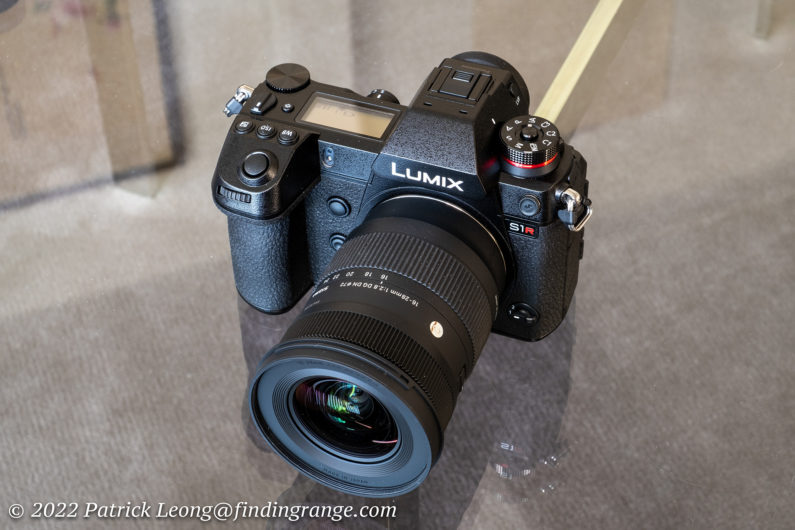
↑ The Panasonic S1R with the Sigma 16-28mm f2.8 DG DN Contemporary lens.
Now that we talked about the build, let’s take a closer look at overall ergonomics, which I find pretty much perfect when you consider this is a 16-28mm zoom with a fixed maximum aperture of f2.8. For those looking for more compact L mount lenses, especially zooms, the 16-28mm f2.8 is definitely something you should look at closer. In terms of weight, it only weighs 450 g/15.9 oz. As for dimensions, it measures just 77.2 x 100.6mm/3 x 4 in. The filter size is 72mm.
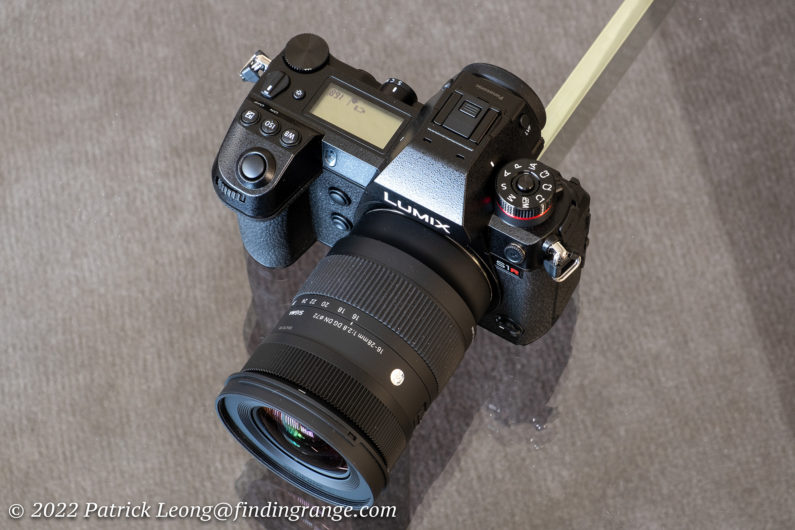
↑ Here’s a top view of the 16-28mm f2.8 attached to the S1R.
A lens with a zoom range of 16-28mm is something that is quite versatile. It’s something that I can see someone using quite a lot, so the good news is this is a lens that is easy to use. This is definitely not something that will tire you out at the end of a long day of shooting, and it won’t take up much space in your bag either. The 16-28mm f2.8 is something that is great for travel, walking around a city, and hiking just to name a few. I can see this lens being a great companion to a wedding photographer as well, especially since the maximum aperture is not only fixed but also relatively large, which only increases the versatility of this lens. Because of the size and weight, in some ways, it feels more like a prime lens than a zoom in terms of handling.
I should also mention that Sigma has a 28-70mm DG DN Contemporary (which I review here), which is very similar to the 16-28mm f2.8, in terms of size. If you get both lenses, you’ll have a compact, and lightweight outfit that covers a huge range with the same maximum aperture. Depending on what you shoot, you might not even need to carry any other lenses.
Because of the size and weight, the 16-28mm f2.8 DG DN Contemporary lens matches well with a bunch of different camera bodies. For instance, I was primarily shooting the lens with the Panasonic S1R, which is one of the larger L mount bodies. I didn’t have any issues with balance or anything. It’s worth noting that I didn’t have any issues with my Leica SL2 as well. If you have a smaller L mount body like an S5 or even an fp L, this lens will also pair well with them. The 16-28mm even matches well with the compact, APS-C Leica CL.
To top it all off, even the petal shaped lens hood, which is included, is compact. The design matches the 16-28mm f2.8 perfectly, in my opinion. Besides giving you added protection against flare, it is a great way to give you a little bit more physical protection for the front element.
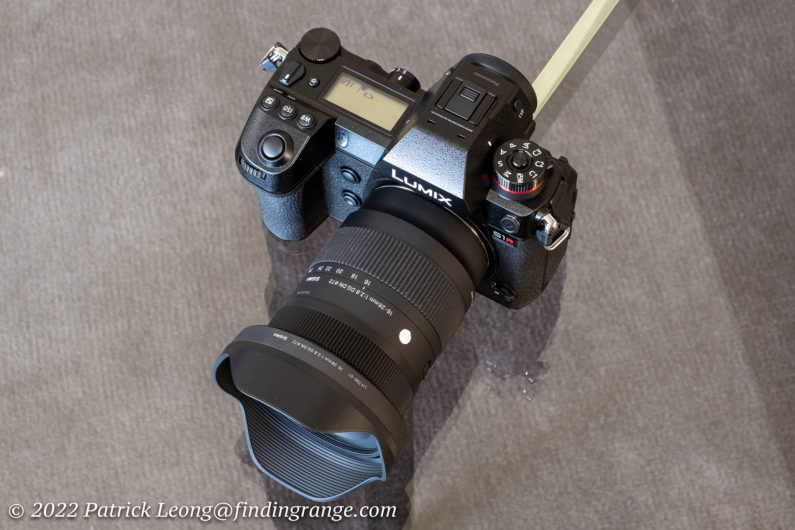
↑ Here’s the petal shaped lens hood that is included with the 16-28mm f2.8.
Sigma 16-28mm f2.8 DG DN Contemporary Lens Autofocus:
In terms of the autofocus, the 16-28mm f2.8 DG DN Contemporary lens uses a stepping motor that is very fast. In fact, focusing is pretty much instantaneous and very accurate. It’s also essentially silent in operation. As I mentioned earlier, I did my testing primarily on an S1R, and together, I didn’t have any issues, which is why this section is so small :).
Sigma 16-28mm f2.8 DG DN Contemporary Lens Image Quality:
Besides delivering the goods when it comes to build and autofocus, I’m happy to say that the 16-28mm f2.8 Contemporary impresses with its optics as well. I did my testing with a 47 MP camera, and the quality of the files is downright excellent.

↑ This was taken with the 16mm focal length and 800 ISO. I used f4.5.

↑ Here’s a photo taken with the 28mm focal length using 250 ISO and f5.6.
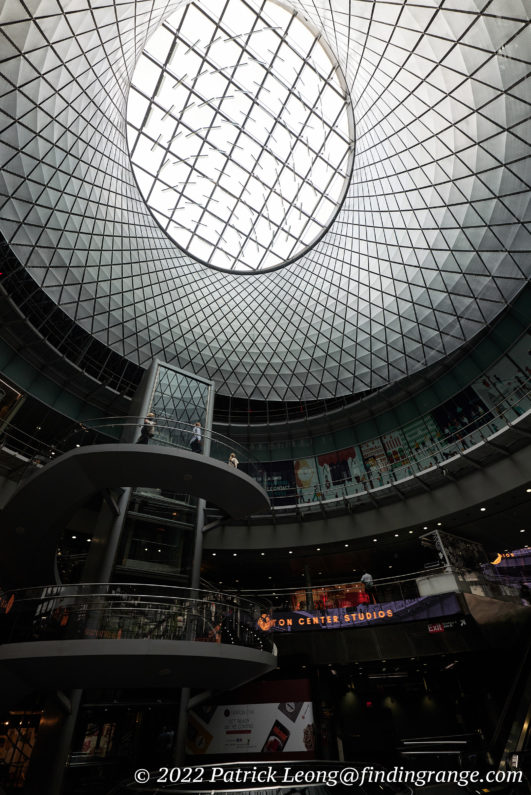
↑ This was taken with the 16mm focal length using f5 and 250 ISO.
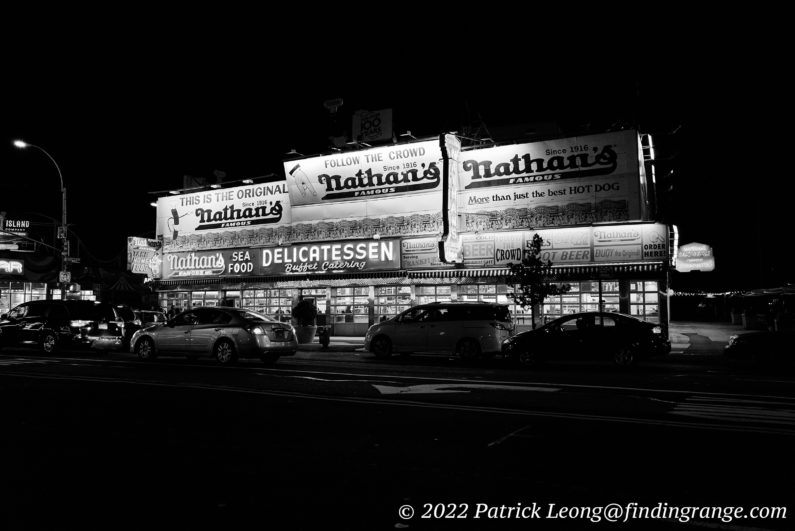
↑ I used f4 and 6400 ISO here along with the 28mm focal length.
For instance, the 16-28mm f2.8 is one very sharp lens! At f2.8, the lens is tack sharp in the center with even edge and corner sharpness well-maintained. It’s pretty impressive. Stopping down increases sharpness just a bit overall but as far as I’m concerned, the sharpness is already excellent even at it’s maximum aperture setting. So, this is definitely a lens that you can use throughout its aperture range to produce great results, which only adds to the versatility of the 16-28mm f2.8.
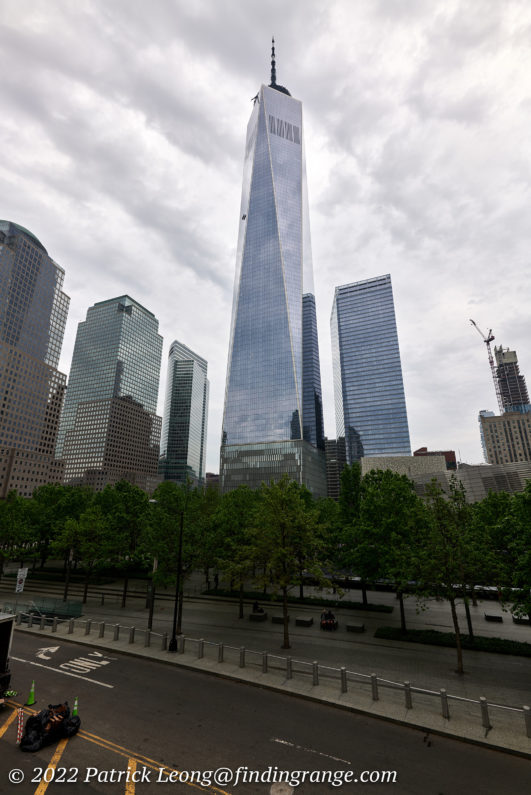
↑ This was taken with f8 and the 16mm focal length along with 125 ISO.
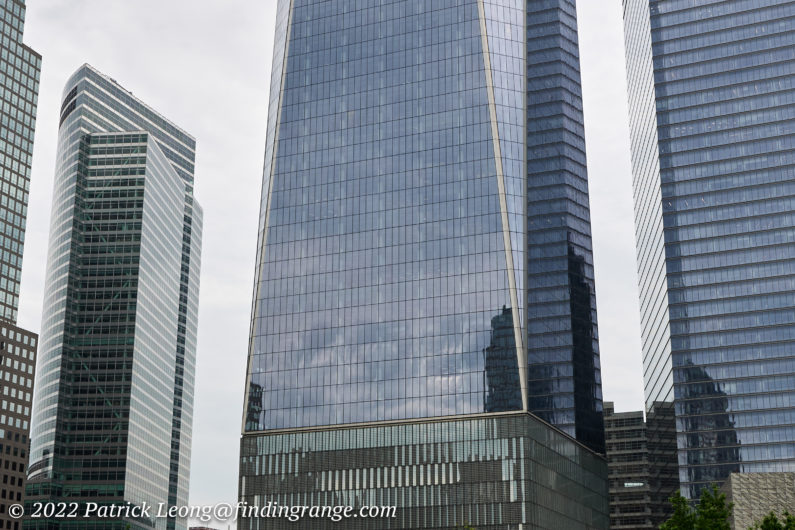
↑ Here’s a 100% crop of the photo above.
↑ This was taken with f8 and the 27mm focal length along with 160 ISO.
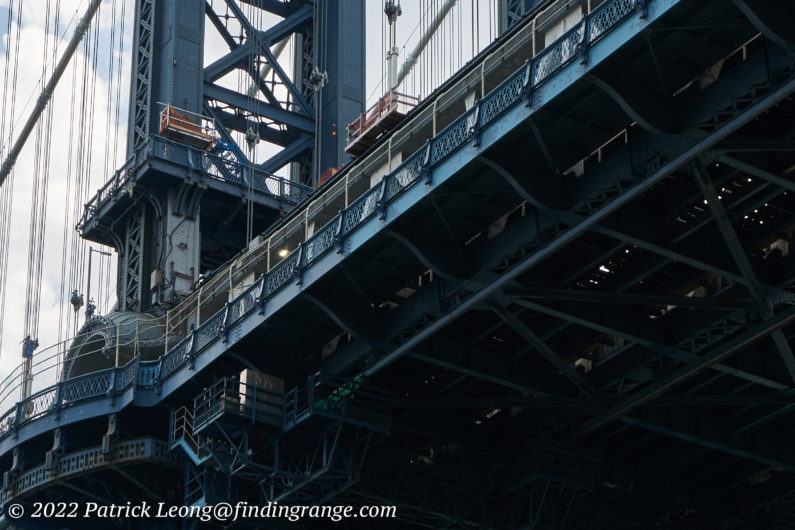
↑ Here’s a 100% crop of the photo above.
Besides the 16-28mm being sharp, there are other great features that only enhance this lens. Like its sibling, the 28-70mm, the 16-28mm has Super Multi-Layer Coating, which helps with flare for high-contrast results in backlit conditions. I didn’t have many sunny days while I was testing this lens but from what I shot, I didn’t have any issues with flare. Color and contrast are also decent as you can see. There is some vignetting at f2.8, which is natural but most of it is gone by f4. By F5.6 it’s basically gone. There’s nothing out of the ordinary here.

↑ Here’s a photo taken with the 19mm focal length. I used f9 and 200 ISO.
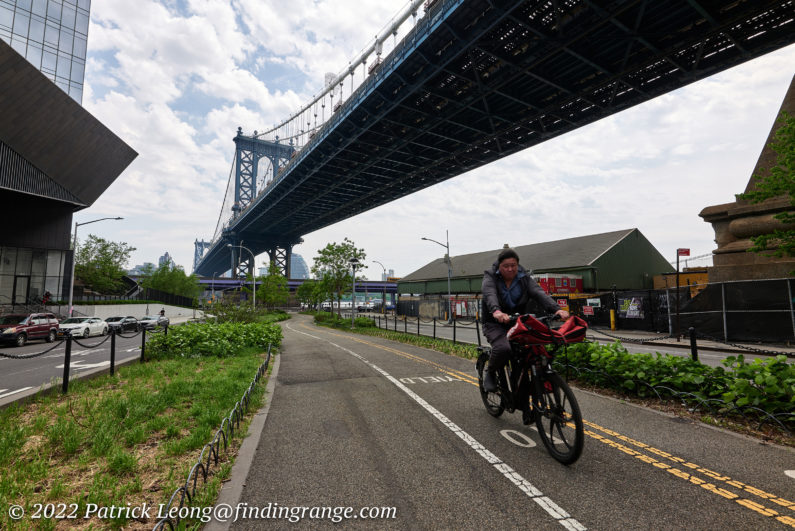
↑ This was taken with f8, 125 ISO and 16mm.
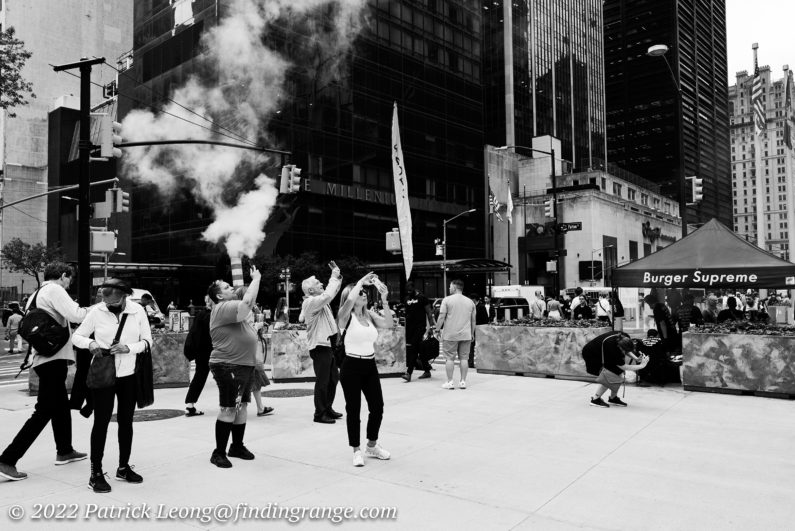
↑ This was taken with the 27mm focal length and f5.6. I used 500 ISO.
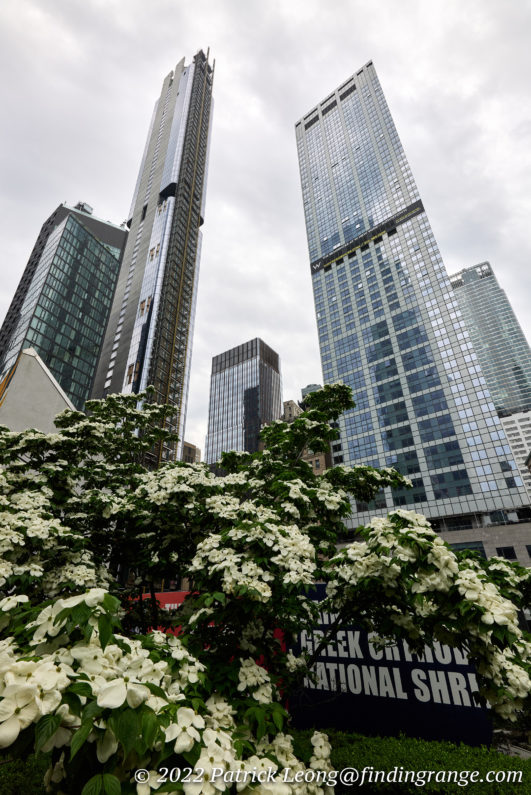
↑ This was taken with the 17mm focal length and f16. I used 640 ISO.
Sigma 16-28mm f2.8 DG DN Contemporary Lens Bokeh:
Now, I will talk a little about bokeh and shallow depth of field but in general, being that we’re dealing with a wide angle zoom, don’t expect to get a very thin depth of field. With that said, it is still possible to get a somewhat shallow depth of field look, depending on how close you are to your subject. Plus, there is a rounded nine-blade diaphragm, and the bokeh is quite smooth overall, when you do achieve some shallow depth of field. There’s nothing really distracting in the background, for instance. For me though, the larger maximum aperture of this lens would be used more for low light situations rather than to try to produce an ultra shallow depth of field look.
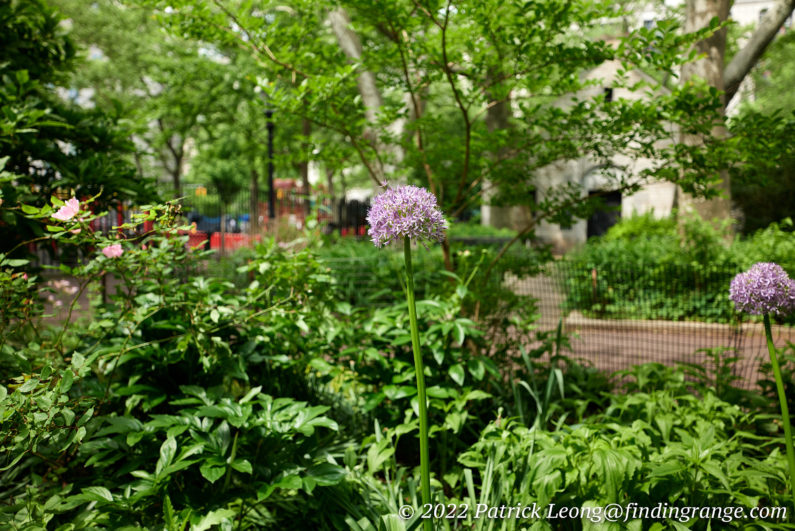
↑ Here’s a photo taken with f2.8 and 28mm. I used 160 ISO.

↑ Here’s another taken with the same focal length, and aperture as above. I used 100 ISO.
Pros And Cons:
Pros:
- Well made.
- Dust and slash resistant.
- Portable, compact, and light.
- Together with the 28-70mm f2.8 DG DN Contemporary lens, you’ll have a small and light outfit that covers a huge range.
- Ultra fast and accurate autofocus; silent in operation.
- Excellent image quality.
- Decent bokeh for a wide angle zoom.
- Great price.
Cons:
- For some, lack of image stabilization although this to me, isn’t even an issue.
Sigma 16-28mm f2.8 DG DN Contemporary Lens Verdict:
If you’re in the market for a wide angle zoom, I urge you to take a look at the 16-28mm f2.8 DG DN Contemporary lens. In my opinion, this is one of the nicest L mount lenses to come out from Sigma so far because it has so much to offer. The build is excellent, it’s lightweight, and it’s compact all while offering up a lens with a fixed maximum aperture that is also relatively large. To top it off, the autofocus is excellent, and the image quality is superb. Lastly, the price of this lens is just $899, which in my opinion, is pretty reasonable given all the features.
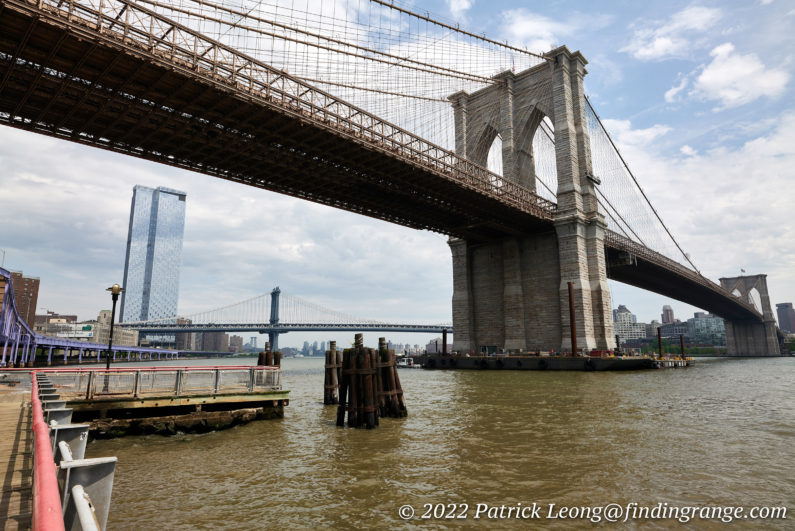
↑ This was taken with the 21mm focal length and f8. I used 100 ISO.
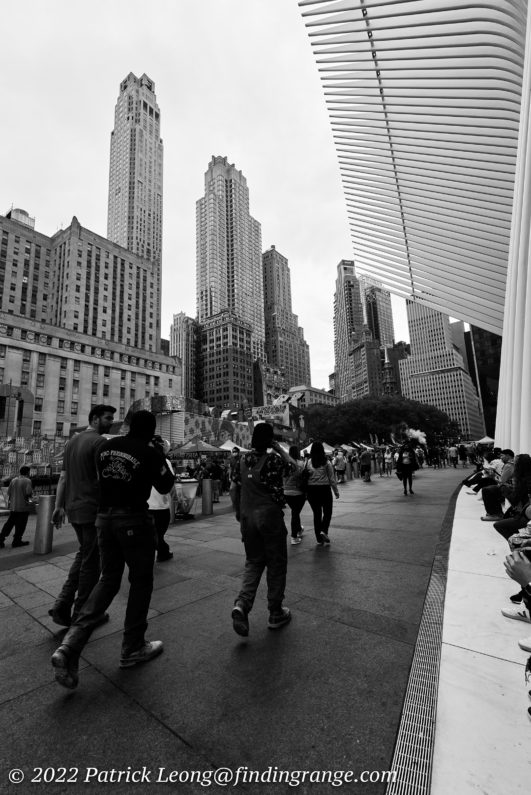
↑ This was taken with the 17mm focal length, f8, and 500 ISO.
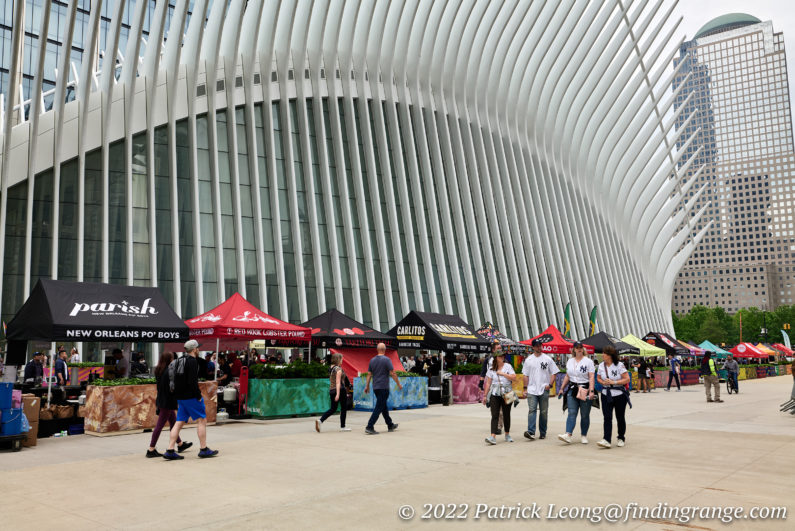
↑ This was taken with the 28mm focal length, f5.6, and 250 ISO.
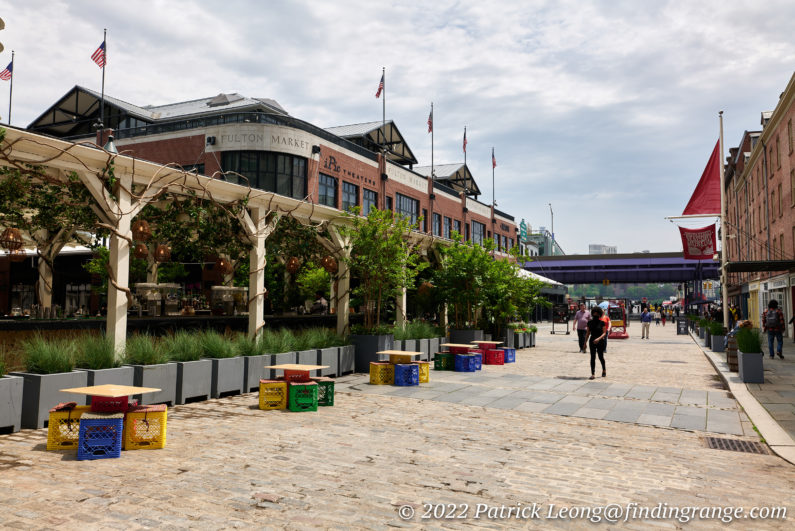
↑ This photo was taken with the 28mm focal length along with f6.3 and 100 ISO.
I would imagine for some, a lens like this might even make them think twice on whether they want to invest in an APS-C system instead of a full frame one. I have nothing against APS-C as I am also invested in that as well but if you think about it, the 16-28mm f2.8 is similar to an APS-C lens, in terms of size. Pair this lens with a smaller L mount body like the Panasonic S5, for example, and you have something that isn’t much larger than a Fuji X-T3 kit yet it has a full frame sensor. I know this because in addition to owning a Leica SL2, I am an owner of both the X-T3 and S5, so I am always comparing them.
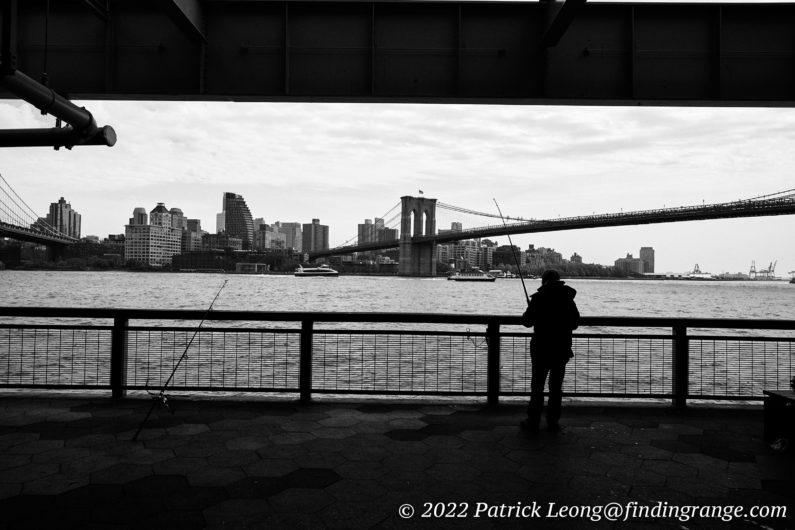
↑ This was taken with the 24mm focal length and 100 ISO. I used f5.6.
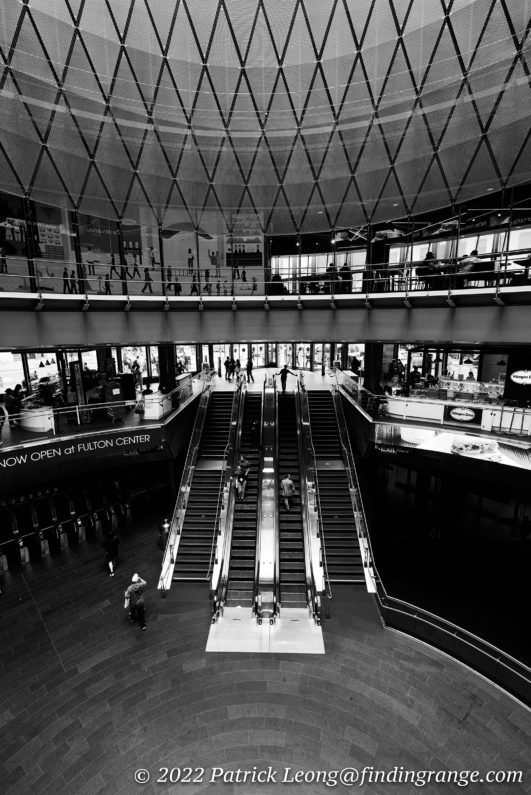
↑ This was taken with the 16mm focal length and f5. I used 2000 ISO.
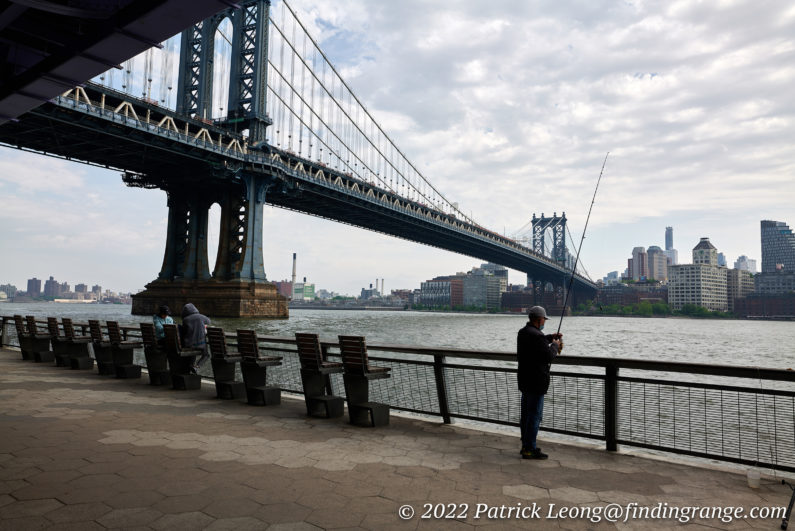
↑ I used the 25mm focal length here along with f7.1 and 100 ISO.

↑ Here’s one last photo of the S1R with the Sigma 16-28mm f2.8 DG DN Contemporary lens attached.
Bottom line is the 16-28mm f2.8 is just a great lens that adds so much to the L mount system. The 16-28mm f2.8 has the image quality, and features that we want but at the same time, Sigma is doing something many of us have been wishing to see in the L Mount Alliance: make lenses that are more compact while also having optics that can produce excellent image quality…all while keeping the price just right, I might add. I truly feel they did a downright great job here, and if you’re looking for a wide angle zoom, definitely add this to your list of lenses to consider.
Thanks for taking the time to read my review! If it helped, please consider purchasing from any of the links mentioned in this post, which in turn, helps support this site. I get a small commission but it will not cost you anything extra. Thank you!

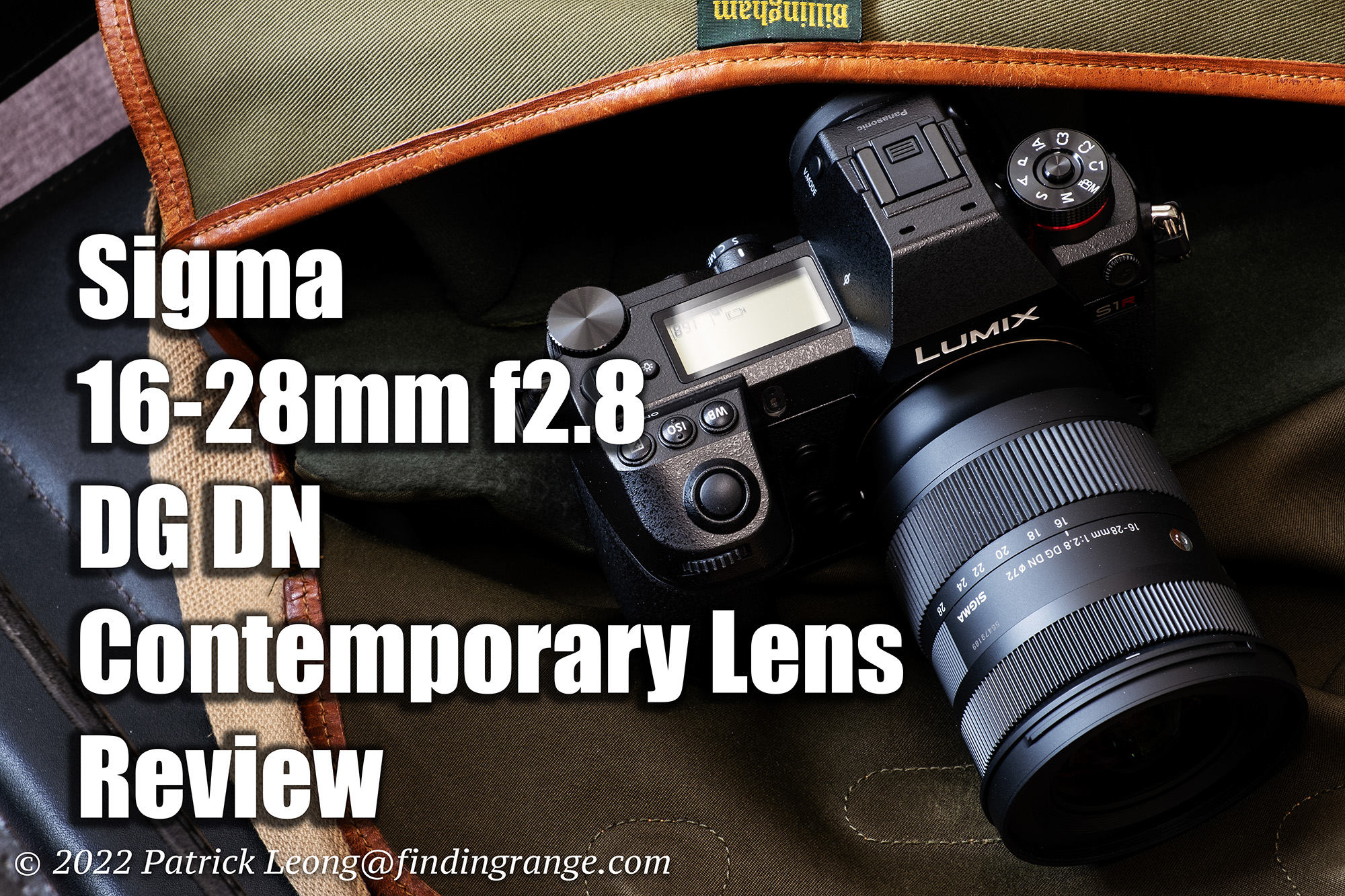
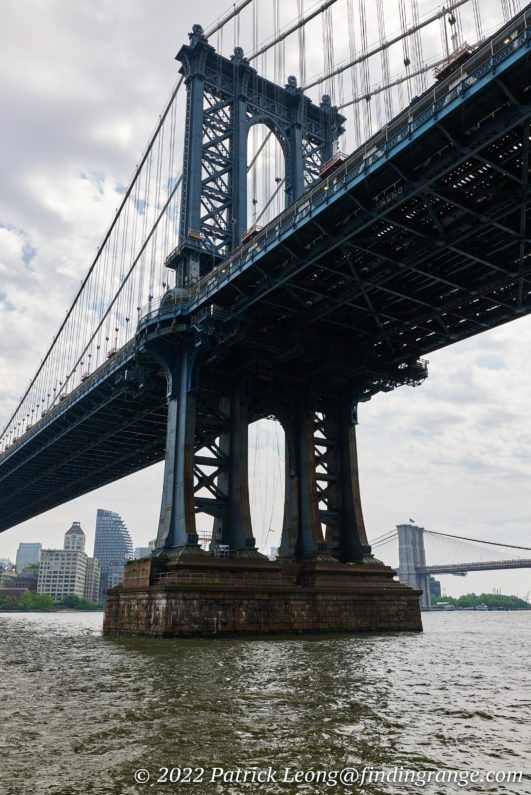
Interesting photos. Thanks.
I don’t see this lens as providing me much more than my Panasonic 20–60 lens. Granted this is a much faster lens. However shooting this lens at 20mm f2.8 and the Panasonic at 20mm and f4 is only increasing ISO from 100 to less than 400, an amount not particularly distinguishable on my SL2.
Finally I have greater focal range with the Panasonic.
Hi Gary,
Thanks for your kind words, and it’s always great to hear from you!
You can also think about it this way: 1 stop can mean the difference between 6400 ISO and 12800 ISO :). But in terms of wide angles, I don’t think it is always necessary to have one with a fast aperture. I usually shoot my wide angles stopped down, and would therefore, rather have something more compact to be easier to carry around. However, with the case of this Sigma lens, you’re not really paying for it in terms of size, so it’s only beneficial. Plus, since we’re dealing with the wider end in terms of focal lengths, there can be a big difference between 16mm and 20mm.
Both lenses are great; I’ve used the 20-60mm and have really enjoyed it. All I am saying is the Sigma one is also a really cool lens that only helps expand the L mount system in a good way as well :). Thanks for leaving leaving a comment, and hope to hear from you soon,
Best,
Patrick
Hi Patrick,
thanks for your whole work, that I’m reading with much interest. The test of Sigma’s 16-28 has been especially interesting for me.
I’m an amateur located in Germany and I own amongst other cameras the Leica SL2-S and the Leica CL (the last one is my holiday camera). My wide-angle-zoom for full frame is since about 2 years the Panasonic Lumix S Pro 16-35 f 4. I’m not very happy with this lens. Yes, it’s sharp (at least from f 5,6 on) and has no bigger flaws, but it’s bulky (too bulky for an f 4-lens). I don’t like its bulkiness for handling, which also prevents using it with the CL. Compared to the photos made with the Leica Vario-Elmarit-SL 24-70 f 2,8 the results from the Lumix 16-35 seem to me less contrasty, less vibrant and with a light tendency to magenta. So I’m asking myself, if Sigma’s 16-28 might be the better wide-angle option for me ( the Leica-SL 16-35 – too heavy and much too pricy -, the Lumix S 14-28 – too low aperture -, and also the Sigma 14-24 – not my focal range – are no alternatives for me).
I’d be thankful for your answer!
Michael
Hi Michael,
Apologies for the very late reply! I’ve been so busy lately.
The Sigma is a great choice because the optics are definitely up to par but at the same time, it’s compact and easy to live with. It’s something that you can carry around with you all day. It’s something that feels great on your SL2-S but also something that can work well with your CL. Also, with a maximum aperture of f2.8, it’s still a pretty fast lens. Keep in mind that the max aperture is fixed at f2.8 as well. So, in my opinion, if you’re looking for a zoom with a wider focal length range that is great for travel, I think the Sigma should definitely be on your list of lenses to consider. I hope this helps! Please let me know if you have any other questions. Thanks for stopping by and leaving a message!
Best,
Patrick